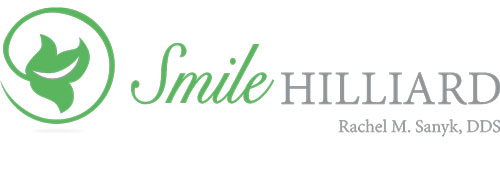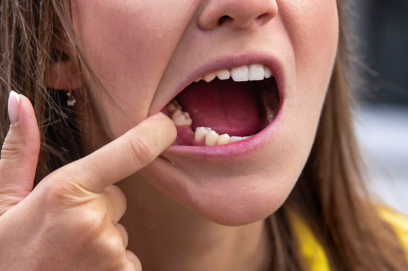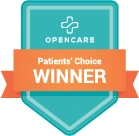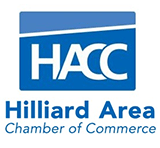Dental extractions are common procedures used to treat various dental issues, such as damaged or decayed teeth. At Smile Hilliard, Dr. Sanyk combines extensive experience with personalized care to ensure a smooth procedure and recovery.
Dental Extraction Aftercare Checklist
Following a structured aftercare regimen is essential for promoting healing and reducing the risk of complications after a dental extraction. Here’s a step-by-step guide to help you manage your recovery:
Necessary Supplies for Effective Aftercare
Gather supplies such as gauze pads to aid clot stabilization, ice packs for swelling reduction, and prescribed pain medication under guidance. A saline solution for gentle rinsing will also aid in maintaining cleanliness and promoting healing.
Step 1: Immediate Post-Procedure Care
Immediately after the extraction, apply firm pressure with gauze pads to facilitate clot formation and control bleeding until it subsides. Change gauze pads as needed until bleeding ceases, typically within an hour or so.
Step 2: Management of Pain and Swelling
Manage post-operative discomfort and swelling effectively with localized ice packs. Apply the ice pack to the affected area for 10-20 minutes at a time, alternating with 10-minute breaks.
Step 3: Dietary Adjustments and Oral Hygiene
Modify dietary choices to include soft, easily chewable foods such as soups and mashed potatoes, as recommended. Avoid hot foods and beverages initially to prevent dislodging the blood clot. Additionally, 24 hours after the procedure, perform gentle oral rinses with warm saline solution to maintain oral hygiene without disturbing the extraction site during brushing.
Step 4: Follow-up Care and Vigilance
Schedule follow-up appointments to monitor healing progress and ensure timely removal of stitches if required. Dr. Sanyk will assess the healing process and provide guidance on when to resume normal activities and oral care routines. Additionally, remain attentive for signs of complications such as infection or dry socket and promptly seek professional guidance if symptoms arise.
Mitigating Risks: Understanding Potential Complications
While dental extractions are generally safe, vigilance against potential complications such as infection or delayed healing is crucial. Adherence to prescribed aftercare guidelines minimizes these risks and supports optimal recovery.
Identifying Signs of Infection
Monitor for signs of infection post-extraction, such as localized swelling, redness, or discharge, and consult promptly if symptoms persist or worsen, potentially requiring antibiotic intervention.
Dry Socket: Causes, Symptoms, and Treatment
After a tooth extraction, a dry socket can occur if the blood clot necessary for healing dislodges or dissolves too early. This exposes bones and nerves, causing significant pain. Symptoms include severe pain, a foul taste, and bad breath. Prompt dental attention is crucial if these signs arise. Dentists may prescribe pain medication or recommend over-the-counter remedies to alleviate discomfort.
During recovery from dental procedures like extractions, it’s important to avoid activities that could disrupt healing, such as smoking, using a straw, or consuming hard foods. These behaviors can increase the risk of further complications.
Frequently Asked Questions
What Should I Do if My Child Needs a Dental Extraction?
Consultation with your dentist is essential to address concerns and ensure comfort during pediatric dental extractions. If needed, a referral to an oral surgeon or pediatric dentist may be in your child’s best interest, and Dr. Sanyk will discuss this option.
How long does it take to recover from a dental extraction?
Recovery timelines vary based on individual factors and the complexity of the extraction. Rest and adherence to postoperative instructions facilitate a smooth recuperation period.
What are some signs of complications following a dental extraction that I should watch out for?
Vigilance for signs such as persistent pain, swelling, or discoloration post-extraction warrants immediate professional evaluation to mitigate potential complications.
Are there any foods or activities I should avoid during the recovery period?
Avoiding hard, crunchy foods and strenuous physical activities during recovery minimizes disruption to the healing process. Soft, nutritious dietary choices support optimal recovery outcomes.
Schedule Your Appointment Today!
Comprehensive post-extraction care is essential for ensuring optimal healing and maintaining oral health. Commitment to prescribed aftercare routines and regular dental visits safeguards against future dental issues, promoting long-term well-being. Contact Smile Hilliard today to schedule a consultation and embark on a path to optimal dental health.






